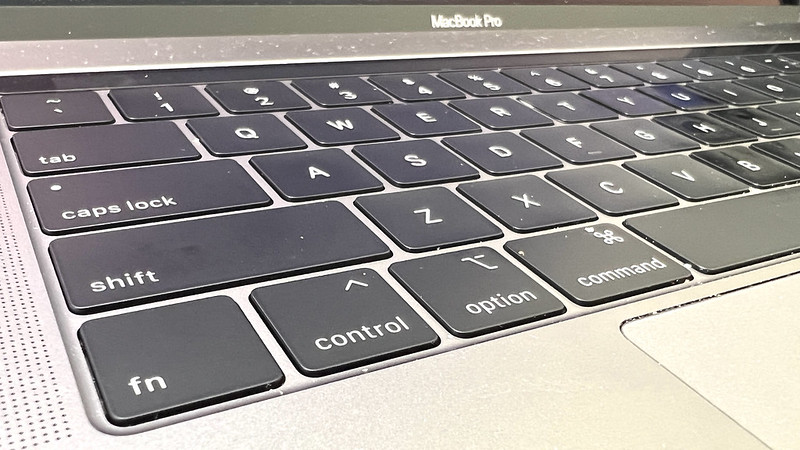The middle of May has filled weekends with high school graduation ceremonies across the state.
My calendar was no exception with a niece and nephew donning caps and gowns to cross a makeshift stage and receive their diplomas. I keep telling myself it wasn’t that long ago when I was in those same shoes. The reflection I see in the mirror is a reminder it has been that long.
One of the best things about graduations is they’re one of the few events marking an end where everyone from the graduates to those in the audience is looking forward. Receiving a diploma is worth recognizing, but “What’s next?” is the only question anyone asks newly minted grads at the celebrations afterward.
I remember being quite certain my post-graduation plans were logical but naïve. In my youthful enthusiasm, I envisioned a straight line of boxes to check on the way to independence and adulthood. In reality, the path has included twists and turns I never could have imagined. I’m convinced adulthood is a myth. Yes, I’ve aged, but I stopped maturing a long time ago.
Of all the advantages of youth, one of the major drawbacks is the lack of experience. Unfortunately, there’s no quick fix for that. You have to earn that slowly. In doing so, you discover change is not only constant, but it also accelerates in proportion to your age. As you get older, the world goes faster.
This was driven home recently when I attended a showcase for Kansas State University’s Institute for Digital Agriculture and Advance Analytics. The institute is turning buzzwords like analytics, digital and artificial intelligence into real-world solutions that will alter life for farmers and ranchers in profound ways.
The programs on display carried a lot of promise for things like using satellite images to estimate the yield of soybean fields a month prior to harvest. The system’s accuracy is within 1 to 2 percentage points. At another station, we saw how data can be quickly processed to make better decisions on when to make more efficient fertilizer applications.
These advancements seem simple compared to the row-sized robot that could detect pests and apply pesticide to individual corn stalks, which no doubt will be aided by another demonstration that was able to accurately track the location of every individual piece of corn seed during planting. All of it is really amazing, and I only understood about every fifth word. Thankfully, there were plenty of pictures and demonstrations to help.
This isn’t the work of one individual or even a team of people in a single discipline. These advancements are the result of intentionally bringing faculty together from engineering, agriculture, arts and sciences, aerospace and extension, sharing what they know and learning from each other.
It’s easy to see an agricultural future where farmers aren’t working at the acre level but are caring for individual plants in a field. The same is true for livestock where herd health won’t be a generic description but quantitative assessment. A whole new set of learning will take place when this technology moves from the lab to widespread adoption.
The showcase was a good reminder that learning doesn’t end with a diploma. So, I extend my congratulations to all the recent graduates and wish them well in whatever path they’ve chosen. Your achievements are just beginning, as is your education. What’s next? I have no idea, but I’m excited about the possibilities.
Greg Doering is with Kansas Farm Bureau. “Insight” is a weekly column published by Kansas Farm Bureau, the state’s largest farm organization, whose mission is to strengthen agriculture and the lives of Kansans through advocacy, education and service.



